Montreal.eng.
Structural
- Apr 3, 2022
- 11
Hi, I have come accross this type of roof truss layout 2-3 times while inspecting attics in mid-sized residential light wood framed buildings.
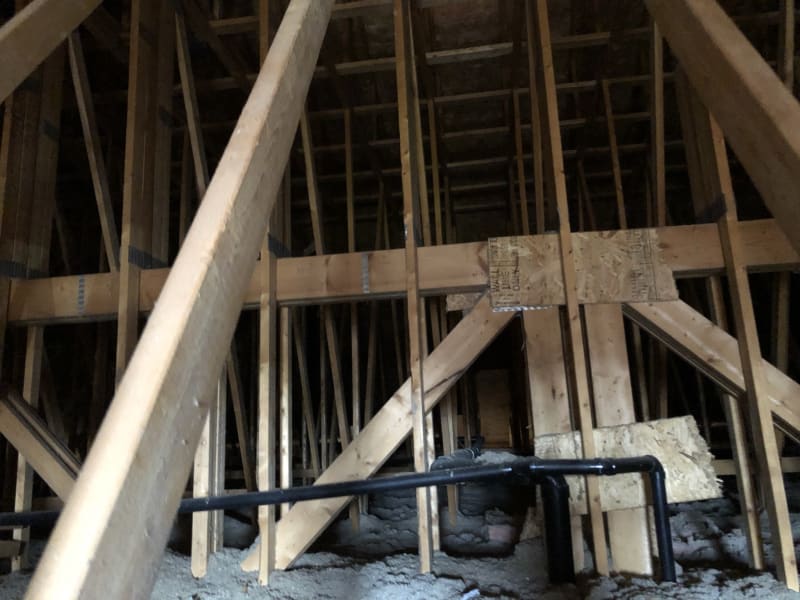
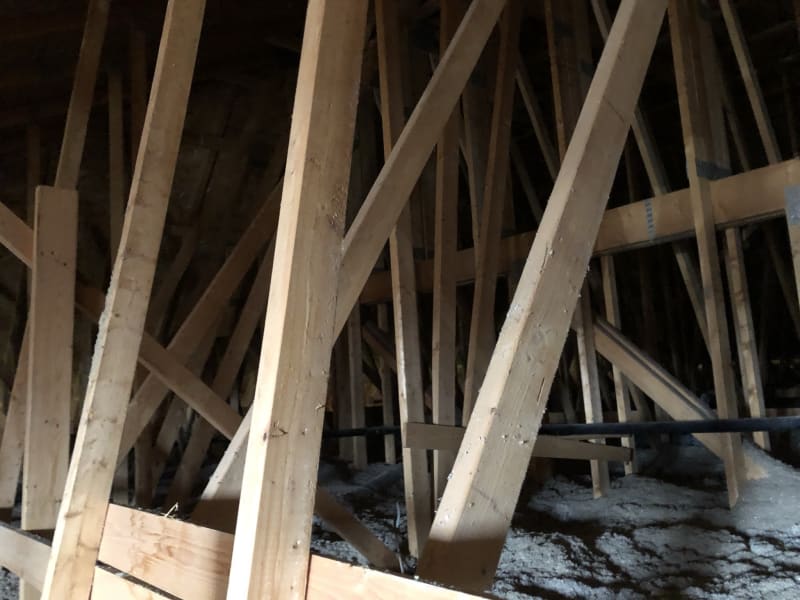
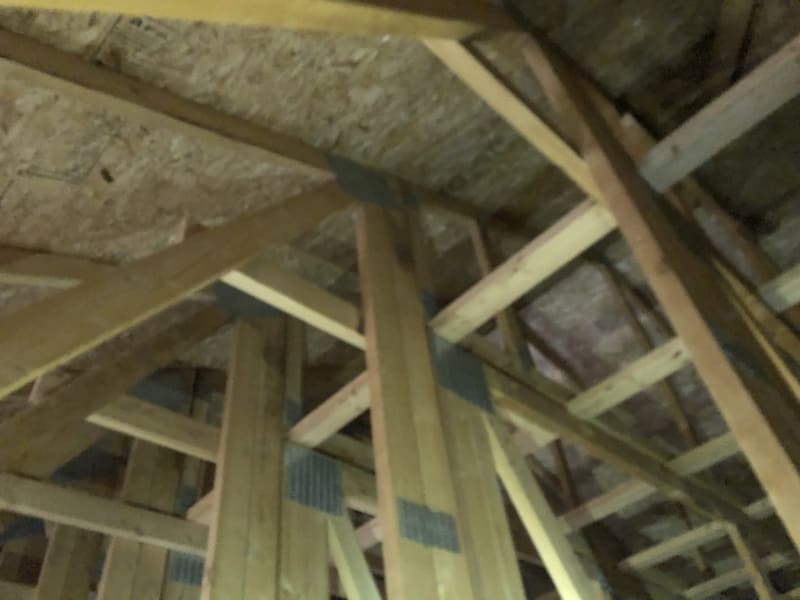
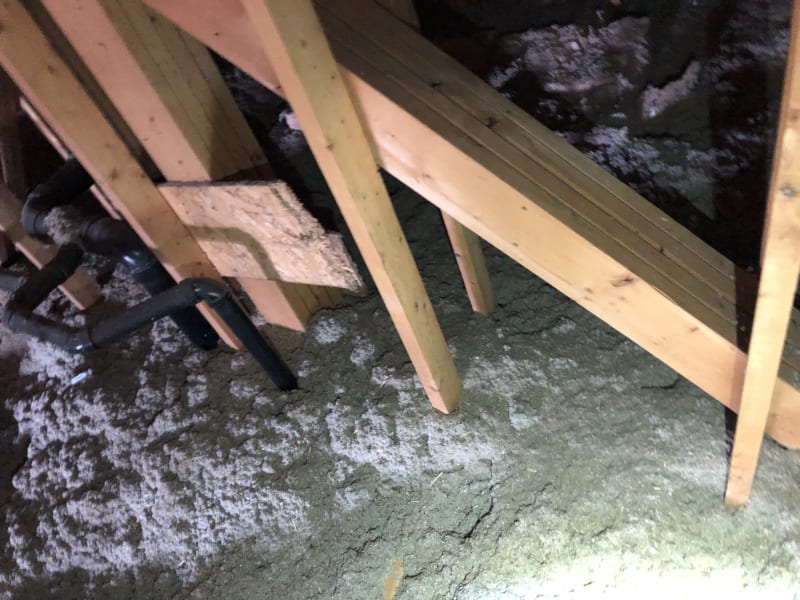
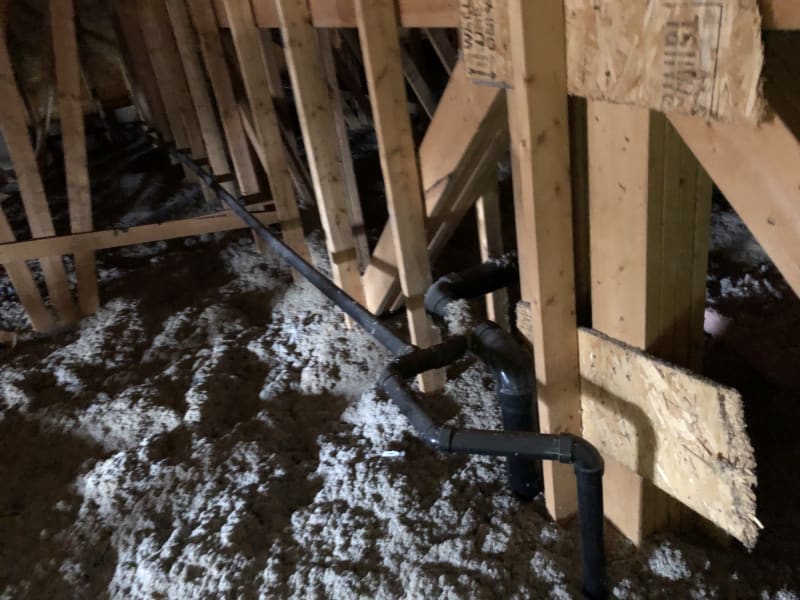
I'm wondering if anyone is familiar with this type of roof truss configuration where there seems to be a truss beam supporting 2 spans of roof trusses. I have a feeling that the roof trusses are supported on the exterior wall on one side and the beam on the other. The beam being a 4ply-truss itself carries the load to the exterior walls as well.
It would be great if someone can confirm or explain the load path on this roof and why they wouldn't use trusses that span from end to end. Thanks!





I'm wondering if anyone is familiar with this type of roof truss configuration where there seems to be a truss beam supporting 2 spans of roof trusses. I have a feeling that the roof trusses are supported on the exterior wall on one side and the beam on the other. The beam being a 4ply-truss itself carries the load to the exterior walls as well.
It would be great if someone can confirm or explain the load path on this roof and why they wouldn't use trusses that span from end to end. Thanks!



